These 7 smart home devices can save you money on your electric and water bills — here's how
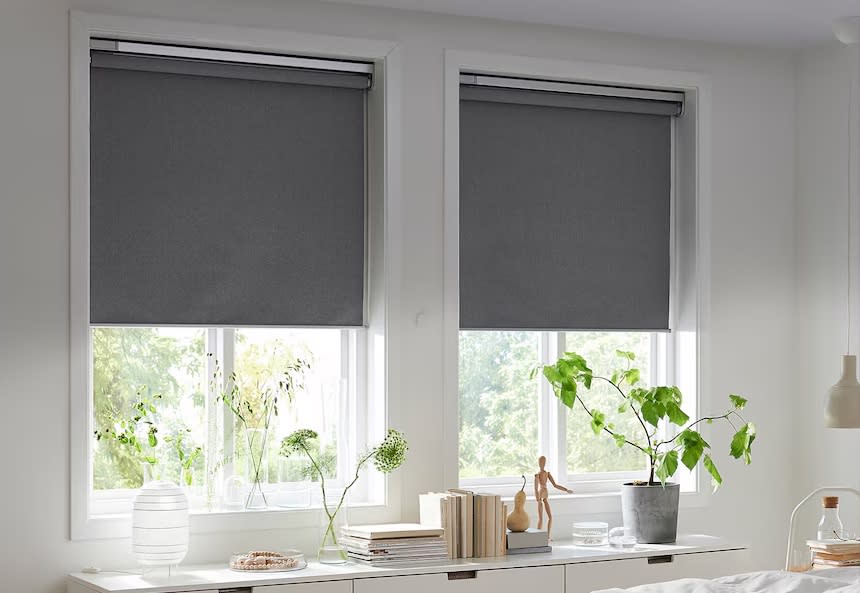
Apart from providing convenience, the best smart home devices have the potential to save you some serious money over the long run. That could be either through lower utility bills, or by helping warn you of an impending disaster.
Here are five types of smart home devices that can help reduce your electric, gas, and water bills.
Smart thermostats
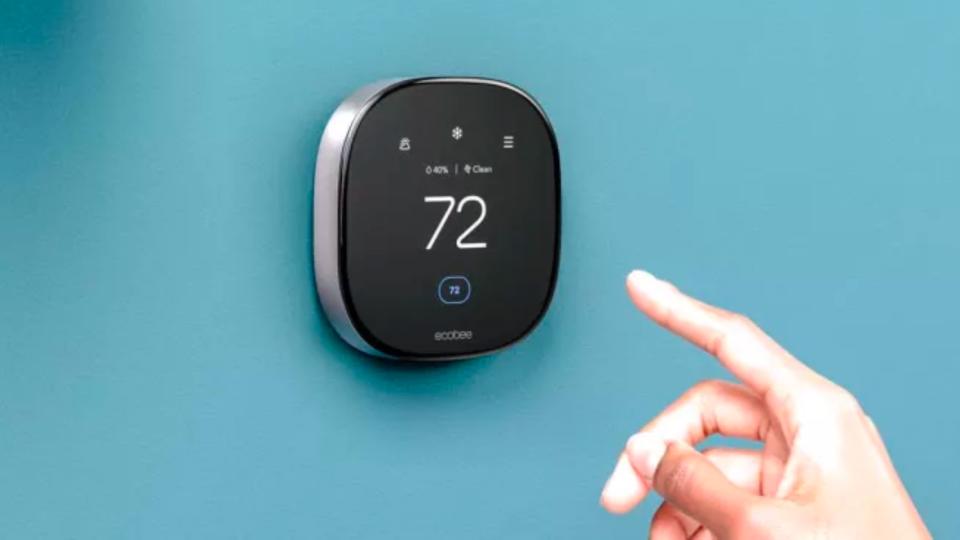
After lighting, heating and cooling costs are the biggest contributor to your utility bill each month. But, the latest smart thermostats and smart air conditioners can help you save money here, too. For starters, you can often get a smart thermostat for free or very inexpensively through your local utility company, which will offer sales and significant rebates on the devices, some of which cost as much as $250.
The best smart thermostats, such as the Nest Learning Thermostat and the Ecobee SmartThermostat Premium, have features that can learn your habits and adjust the heating and cooling automatically. That’s because they have sensors that can detect when you’re home and when you’re not, so you’re not using electricity or gas when you’re out and about. They can also link to your phone and use geolocation to get your house to a comfortable temperature just as you arrive home. The Ecobee can also connect with your local utility to determine when energy costs are lower, and optimize heating and cooling for those times, so you’re spending less.
Smart air conditioners
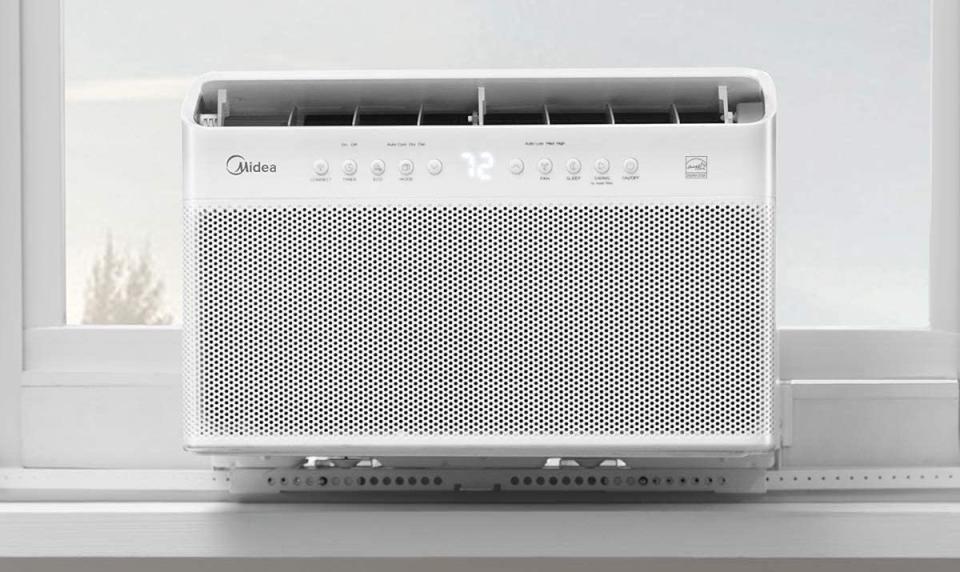
If you don’t have central air, then you probably have to rely on a window air conditioner to keep your home cool in the summer. Smart air conditioners aren’t quite as smart as thermostats, but they do have several features that can help save you money. For starters, many newer models use inverter, rather than compressor technology to cool the air. By their nature, inverters use much less energy than compressors, so right away, you’re saving money because it’s more efficient. And, smart air conditioners can also be linked to other smart home devices and services, so they they’ll only turn on when you want them to. For instance, you could create a smart home routine that turns the air conditioner on when you arrive home, and turn off when you leave.
Smart lights and smart light switches
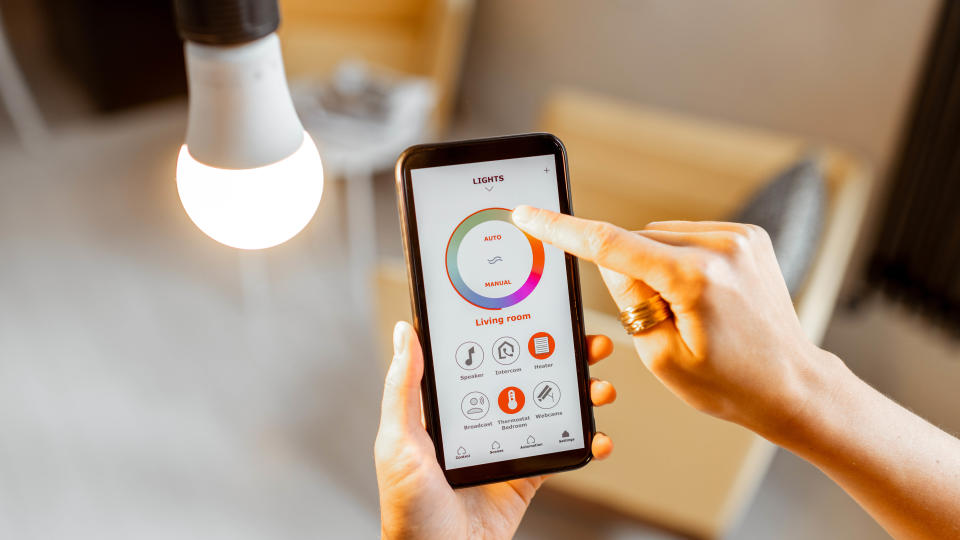
Incandescent light bulbs are largely being phased out across the U.S. in favor of LED lights, which use far less energy. How much? A typical LED light bulb will use about 9 watts of energy, compared to 60 watts for an old-school incandescent light bulb.
For the sake of argument, let’s say you turn your lights on for 6 hours a day. Over the course of a year, that equals 2,190 hours. With a 60-watt bulb, that’s 131.4 kilowatt-hours, versus 19.7 kWh for the LED bulb.
Based on the average U.S. electric rate from March 2024 ($0.174 kWh) from the Bureau of Labor Statistics, the LED bulb would cost you $3.43 per year to run, versus $22.86 for the incandescent bulb. Now, think about how many light bulbs you have in your home, and the cost quickly adds up.
Smart LED bulbs are more expensive upfront but can help save you money even further in the long run. For starters, if you forget to turn off the lights when you leave your house, you can either turn them off remotely using your phone, or connect them to another smart home device to do that for you. Additionally, you can either use a motion sensor or set them on a schedule to turn on and off when you’re not using them.
Smart light switch
Alternatively, a smart light switch could be even more economical than purchasing a large number of smart LED bulbs, for rooms with a lot of overhead lighting. These take a little know-how to install, as you'll have to replace a traditional light switch. It's relatively easy to do — though you need to know if you have a neutral wire in your home.
Smart plugs
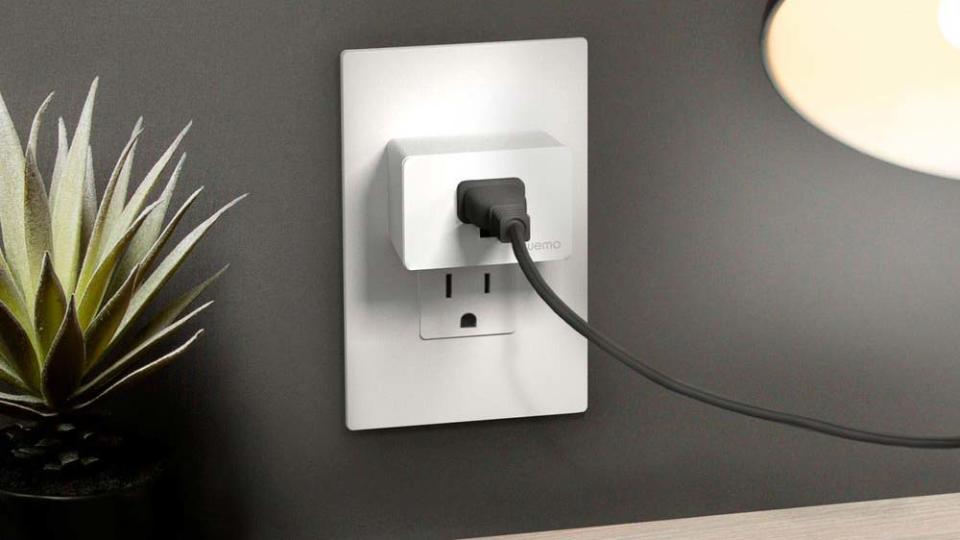
Smart plugs can also be used to turn appliances on and off based on a schedule or when you’re home or away. These are useful if you have a table or a floor lamp, for example, or a fan that you want to turn on if the temperature in a room gets too hot. Even better: smart plugs are cheap. Some of the best smart plugs cost as little as $20 each, so adding these to your home is a relatively small investment.
Smart Blinds
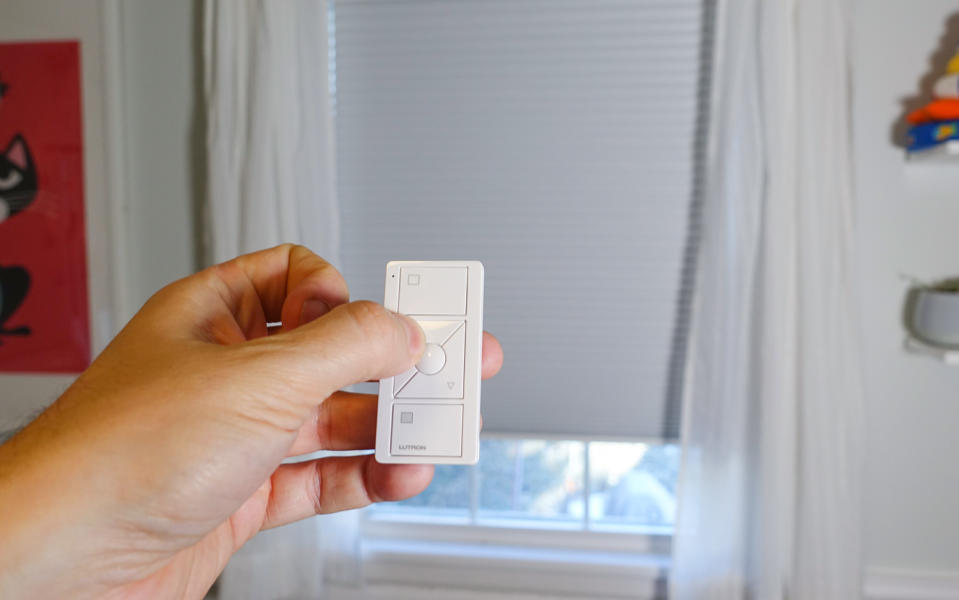
You won’t need to cool your house down as much if it doesn’t heat up, and something as small as smart blinds could help. These can be raised or lowered automatically based on the time of day or, if you connect it to a smart home device with a built-in temperature sensor — such as the Echo Dot — they could lower if it gets too hot in a room.
Traditionally, smart blinds from the likes of Lutron and others have been fairly expensive, as they have to be custom-made to fit your windows. However, IKEA has recently gotten into the game, and offers pre-measured blinds for less than $200. Granted, that’s a lot more expensive than non-smart blinds — and your color options are limited — but it’s more reasonable than before.
Water leak detectors
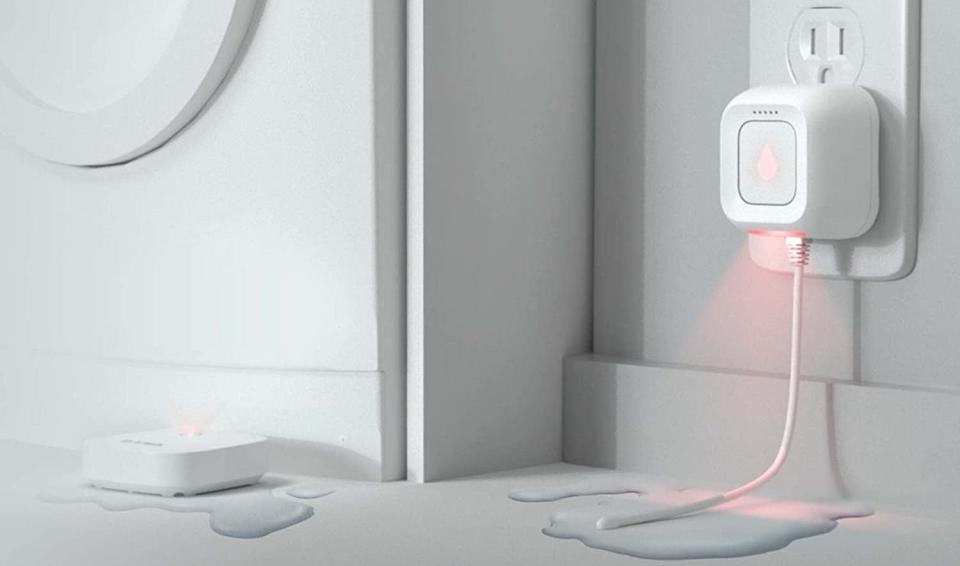
There’s nothing quite so bad as coming home from a vacation to find your basement flooded from a burst water heater or pipe. Apart from the mess, it can cost thousands of dollars in damage to repair everything and make sure there’s no mold. Smart water leak detectors can let you know if something catastrophic has happened, and some models can even automatically shut the water off in your home, preventing a big leak from becoming a huge one.
Even if you don’t have something as dramatic as a burst pipe, some of the smarter smart water leak detectors can also alert you to potential situations (such as freezing temperatures) and find smaller sources of water waste (like a running toilet) and alert you to the problem before it lingers for too long.
Most smart water leak detectors cost around $40-$60 apiece — and you’ll want to place them anywhere you could have a leak — but if you want something that will also shut off the water to your home, that will cost around $400, not including the price of the plumber who will need to install it. Even so, this upfront cost could save you big in the long run.


